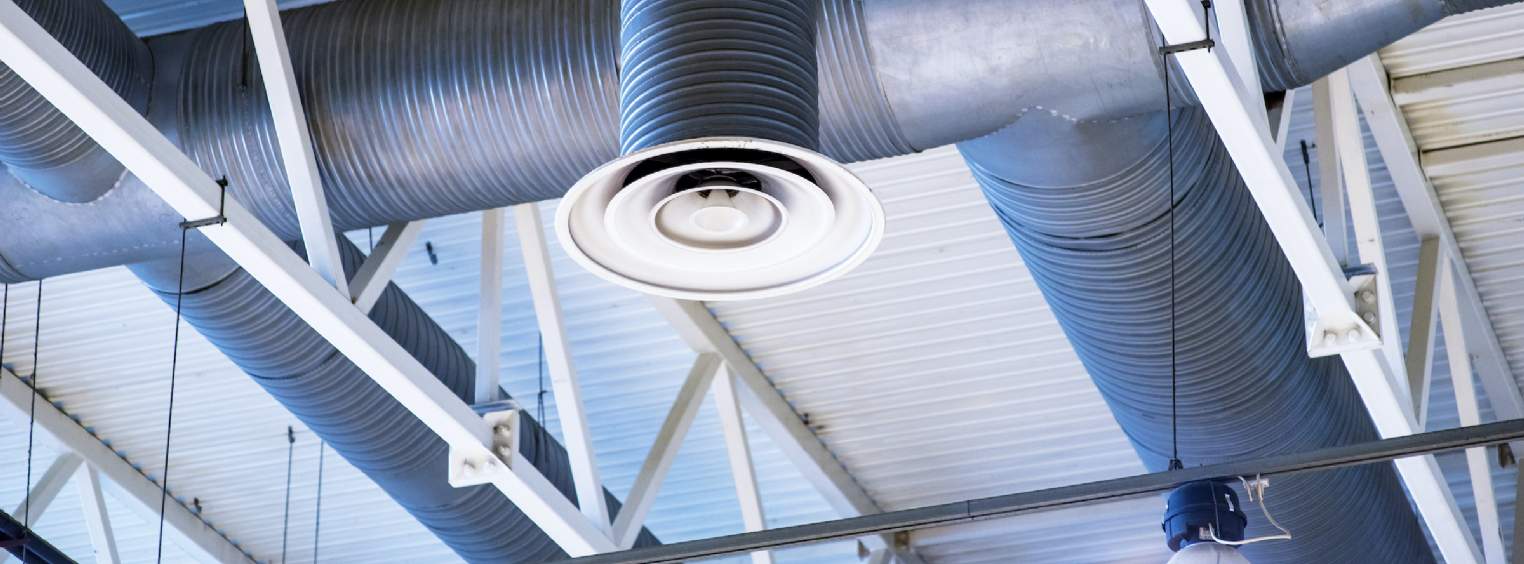Since the Covid-19 pandemic, the importance of indoor air quality and the need to reduce airborne infections and pollutants within our managed office space has become more critical to occupiers. Wellbeing has changed from a ‘nice to have’ to now being embedded in the workplace as suppliers and consolidation centres look to reduce building related emissions and improve health and wellbeing.
Inhalation of indoor air pollutants can lead to poor health and wellbeing outcomes, such as nausea, headaches, respiratory irritation or infection, and allergies. Sources of indoor air pollution include off-gassing by building materials, cleaning products, personal care products, air fresheners, and combustion. Indoor air quality can also be affected by outdoor air infiltrating properties through envelope openings or inadequately filtrated air handling units.
So how can we monitor and improve air quality in our offices? There’s an increased request to demonstrate air quality and more notably consistent air quality data. Monitoring can be carried out to provide ongoing data of air parameters, such as particulate matter (PM), volatile organic compounds (VOCs), carbon dioxide, temperature and humidity. Sensor-based continuous monitoring provides access to real-time data, giving building teams valuable evidence to focus their operational expertise and improve indoor air quality proactively.
The objective of any continuous monitoring regime is to ensure that building systems supply good quality air to their occupiers and to minimise infiltration of pollutants from the outside in. The challenge, however, still remains as to what the industry standard is for this to be compared to; the guidance remains unclear.
Although these changes impact on service charges, the benefit to those within these offices are significant:
- For building teams: it enables a more proactive, evidence-based approach to optimising building performance, gaining insights into specific air quality issues in each building to identify improvement opportunities. Real-time data also enables a faster response, as building teams are alerted to issues as they arise, rather than through standardised annual maintenance schedules.
- For occupiers: improving air quality can contribute to employee wellbeing, leading to fewer sick days and higher productivity. As highlighted by the World Green Building Council, short-term sickness had been reduced by 35 per cent in offices ventilated by an outdoor air supply rate of 24 litre per second (l/s) compared to buildings with rates of 12 l/s.
- For owners: enhancing building performance, which over the long term can help attract occupiers, maintain asset value and reduce potential risks associated with underperforming buildings.
By implementing improved measures, property managers and facilities teams can start to make evidence-based, real-time changes to their buildings operations in order to improve the indoor environment. Guidance can be taken from the WELL Building Standard’s performance based air quality features or from a specialist standard dedicated to indoor air quality alone such as RESET Air, which outlines best practice in sensor-based continuous air quality monitoring and certification.
As air quality sensors become more widely available, standards such as RESET are likely to become increasingly important in ensuring that building teams and occupiers are basing decisions on consistent, high-quality data from well-calibrated sensors.
The one certainty is measuring air quality is a requirement, and will remain so, for managing property for a long time to come.
Further information
Contact Andrew Jackson or Maria Garcia
Why the importance of social value should not be underestimated, especially in times of crisis

-impact-the-office-sector(1).jpg)

.jpg)






